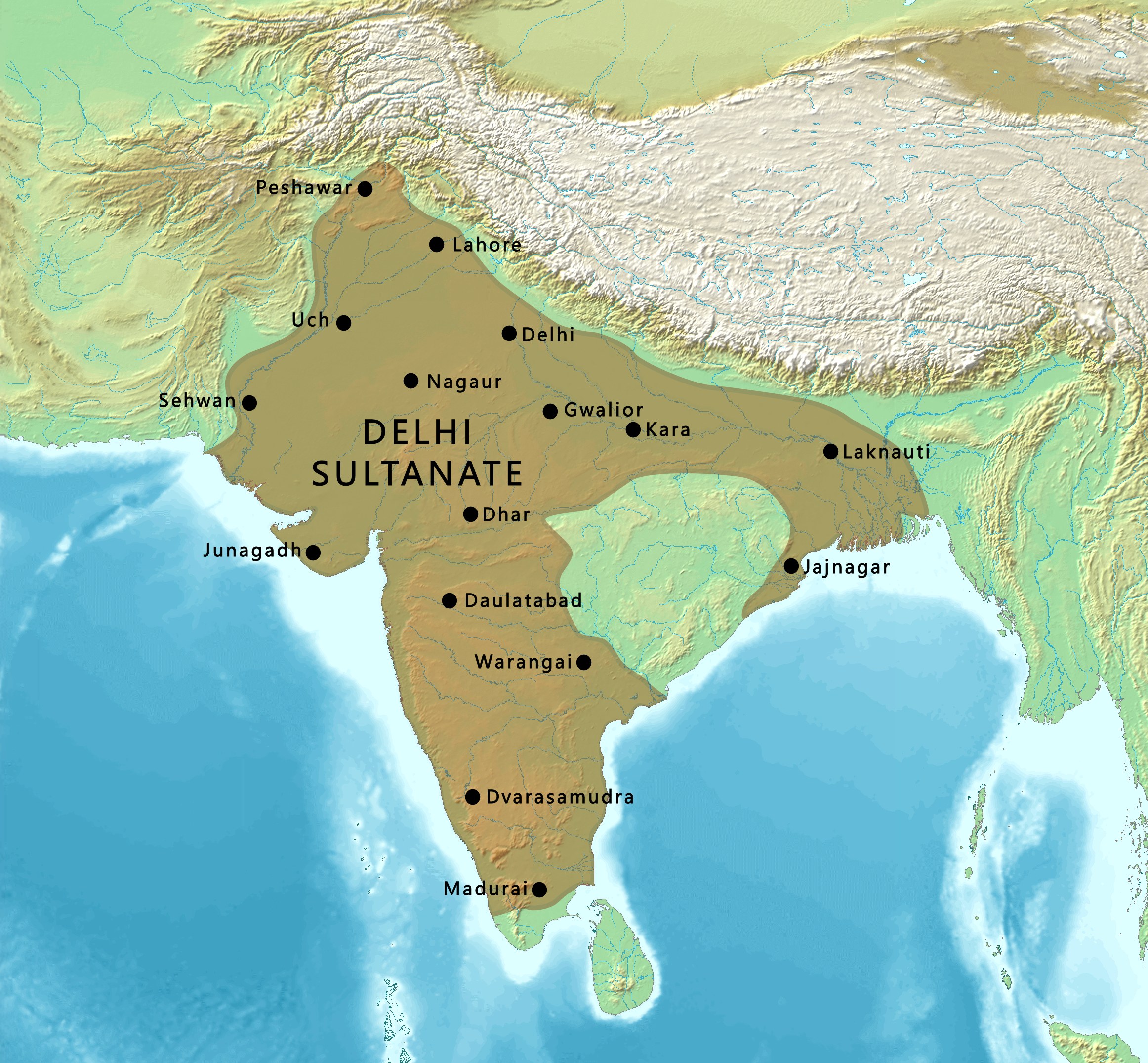History of India
- Introduction to Ancient India
- The Mauryan Empire
- Post-Mauryan India and the Golden Age
- Early Medieval India
- The Delhi Sultanate
- The Mughal Empire - Part I
- The Mughal Empire - Part II
- The Advent of European Powers
- The British Raj - Part I
- The British Raj - Part II
- Independence & Partition
The Delhi Sultanate
The End of the Delhi Sultanate

Indian Islamic dynasties based in Delhi (1206–1526).
The Delhi Sultanate, a significant period in Indian history, marked the establishment of Muslim rule in the subcontinent. However, like all empires, it too had its decline and eventual end. This article will delve into the later stages of the Delhi Sultanate, focusing on the later Tughlaq rulers, the invasion of Timur, and the Sayyid and Lodi Dynasties.
Later Tughlaq Rulers and the Decline of the Dynasty
Following the reign of Firuz Shah Tughlaq, the Tughlaq Dynasty began to decline. The later Tughlaq rulers were weak and ineffective, leading to the disintegration of the empire. The provinces began to assert their independence, leading to the fragmentation of the Sultanate. The lack of a strong central authority and the constant power struggles further weakened the empire.
The Invasion of Timur
In 1398, the Central Asian conqueror Timur, also known as Tamerlane, invaded India. The Delhi Sultanate, already weakened by internal strife, was unable to resist the invasion. Timur sacked Delhi, causing widespread destruction and loss of life. The invasion further weakened the Delhi Sultanate and hastened its decline.
The Sayyid and Lodi Dynasties
Following the invasion of Timur, the Sayyid Dynasty came to power. However, they were unable to restore the former glory of the Sultanate. The Sayyid rulers were weak, and their rule was marked by constant rebellions and economic decline.
The last dynasty of the Delhi Sultanate was the Lodi Dynasty. Bahlul Lodi, the founder of the dynasty, managed to consolidate some of the fragmented territories. However, the Lodi rulers were unable to effectively control the nobility, leading to constant power struggles.
The Delhi Sultanate came to an end with the defeat of Ibrahim Lodi, the last Lodi Sultan, in the First Battle of Panipat in 1526. The battle marked the beginning of the Mughal Empire in India.
In conclusion, the end of the Delhi Sultanate was marked by weak rulers, internal strife, foreign invasions, and the inability to control the nobility. These factors led to the decline and eventual end of the Sultanate, paving the way for the establishment of the Mughal Empire.